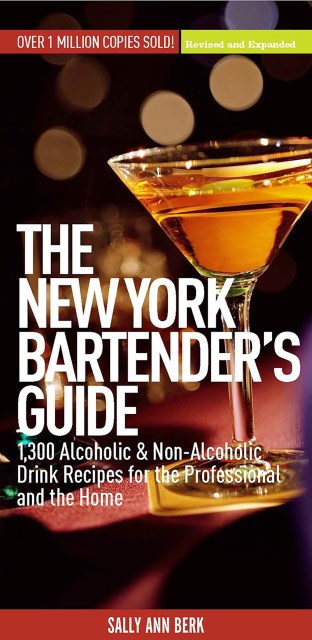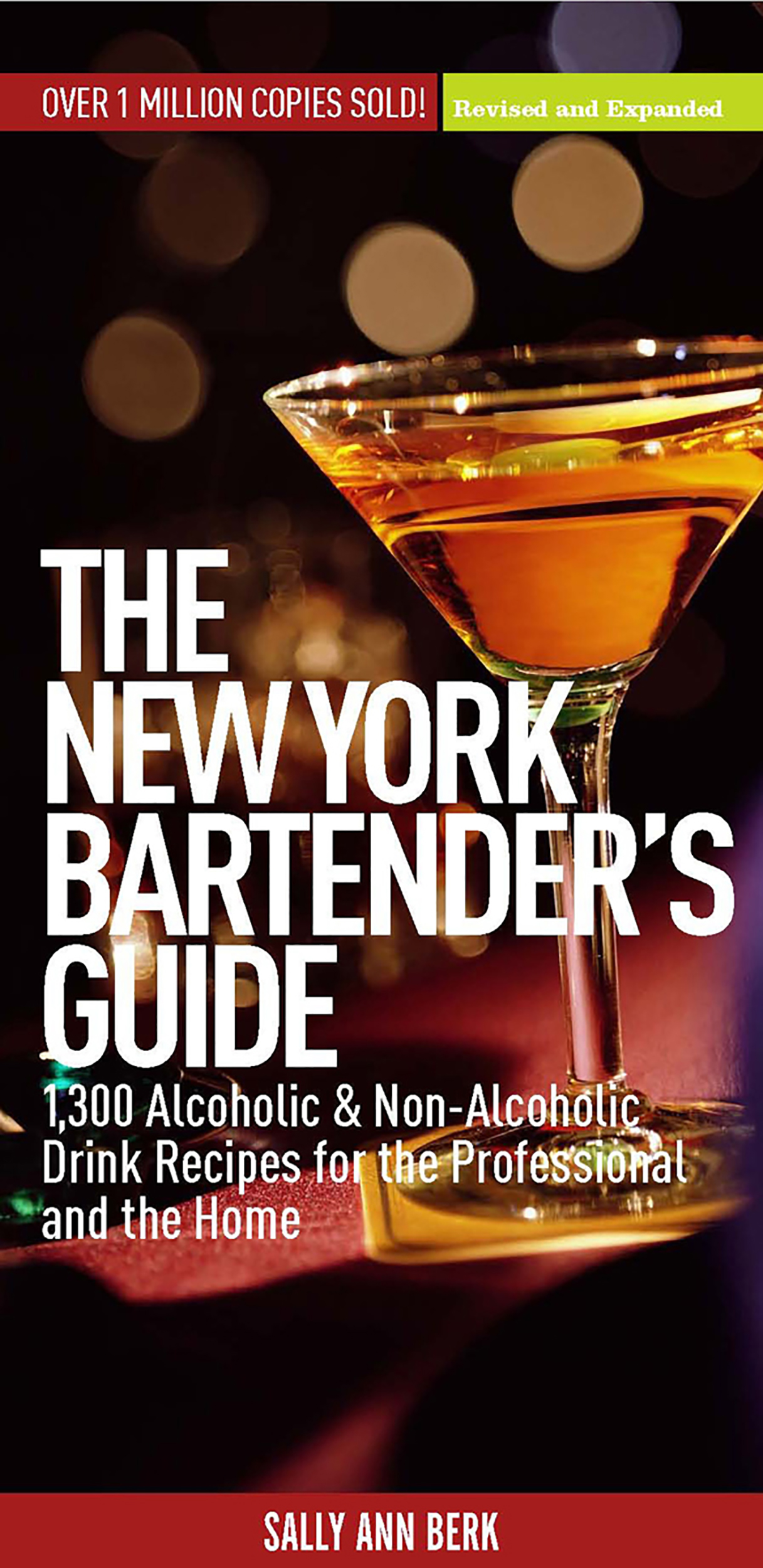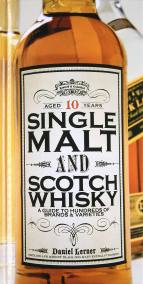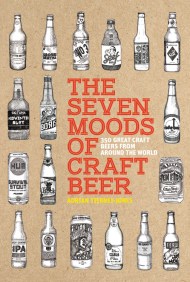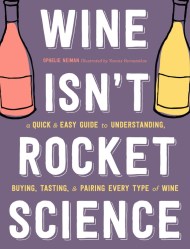Promotion
Use code FALL24 for 20% off sitewide!
New York Bartender's Guide
1300 Alcoholic and Non-Alcoholic Drink Recipes for the Professional and the Home
Contributors
Formats and Prices
Price
$9.99Price
$12.99 CADFormat
Format:
ebook $9.99 $12.99 CADThis item is a preorder. Your payment method will be charged immediately, and the product is expected to ship on or around June 19, 2012. This date is subject to change due to shipping delays beyond our control.
Also available from:
- On Sale
- Jun 19, 2012
- Page Count
- 288 pages
- Publisher
- Black Dog & Leventhal
- ISBN-13
- 9781603762717
Newsletter Signup
By clicking ‘Sign Up,’ I acknowledge that I have read and agree to Hachette Book Group’s Privacy Policy and Terms of Use
